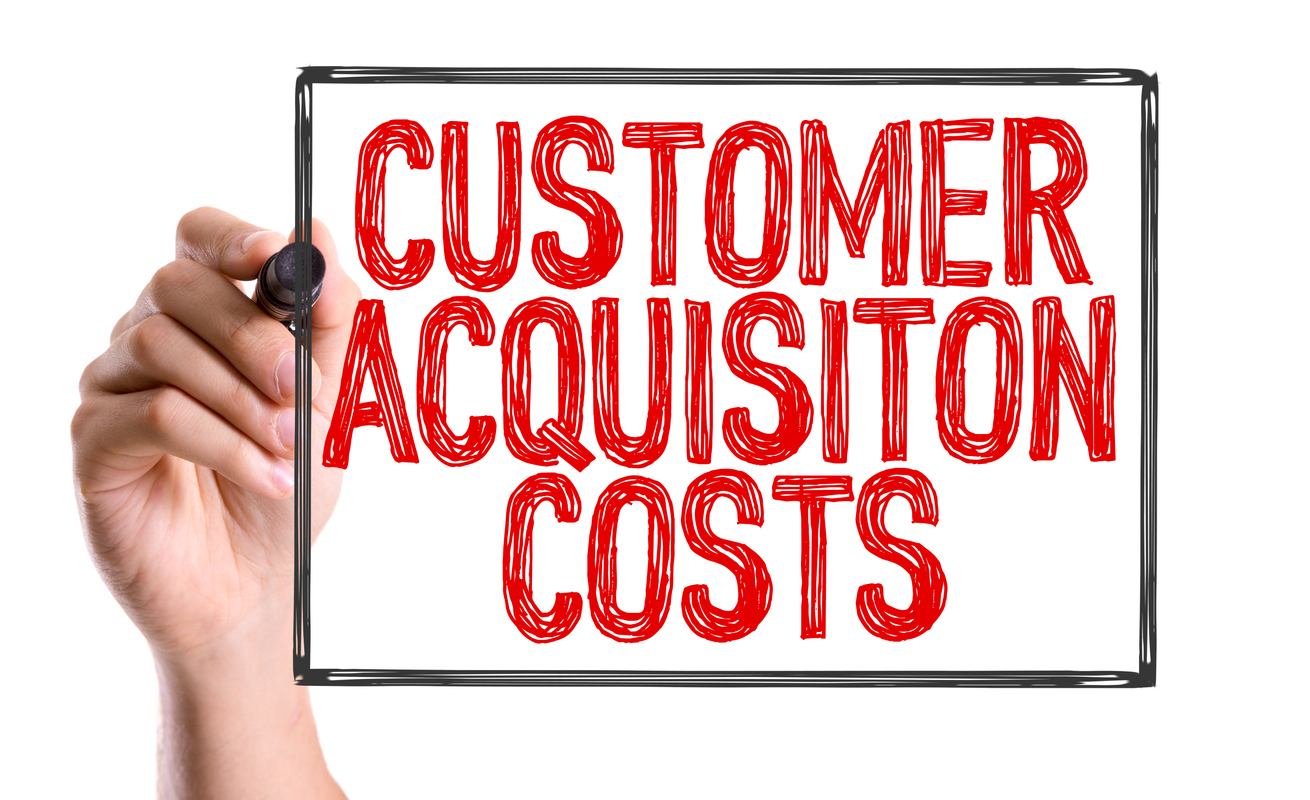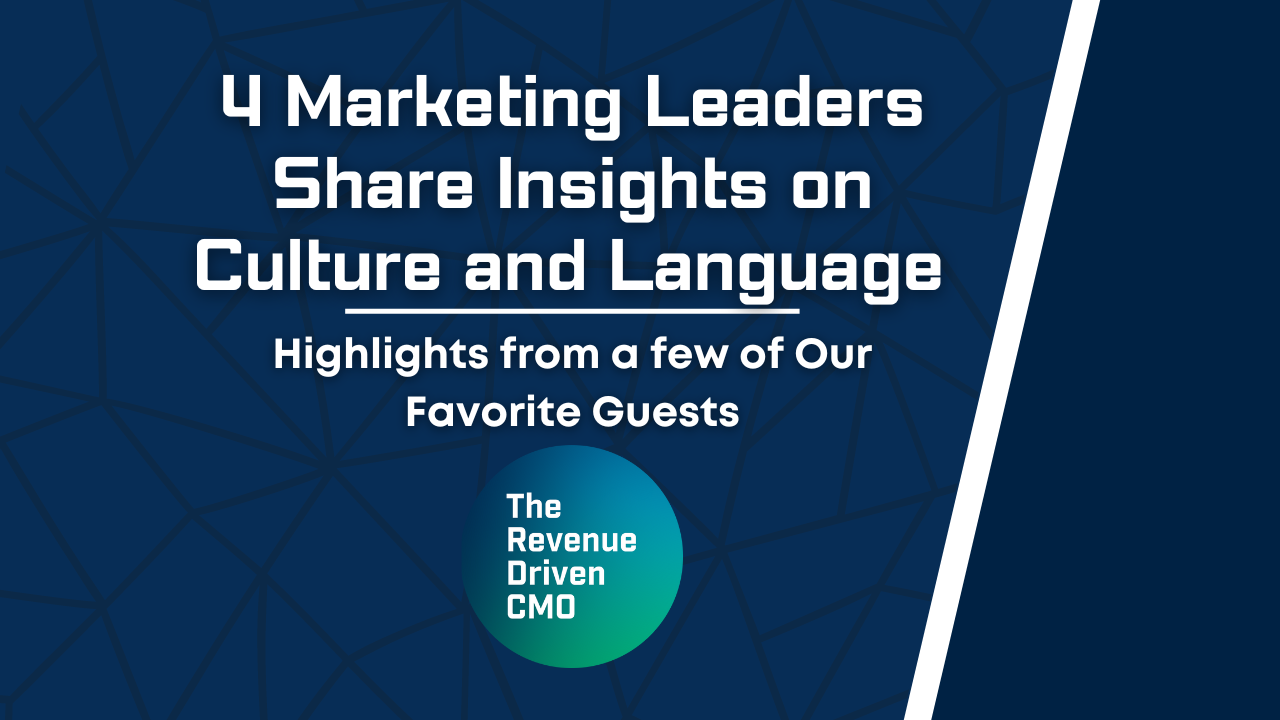
How to calculate your allowable cost per acquisition
I’m making you a very bold promise.
I will guarantee you hit your marketing targets — on your own terms.
How? By showing you how to calculate your allowable cost per acquisition, or CPA.
Knowing how much you can afford to spend to acquire a customer or lead makes it much easier to allocate your resources correctly and gives you the leverage you need to push back on your CFO.
Book a 30 minute call
Reserve 30 minutes with a strategist and get 30 hours worth of value.
In this guide, you’ll learn how to calculate CPA using data you already have to gain stakeholder buy-in.
Why you need to know your allowable cost per acquisition (CPA)
Pretty much every marketer has had this experience.
Your CFO says, “Hey, we need to have a $50 cost per MQL in Google Ads.” You look in Google Ads and see your average cost per click is $38.
How in the world are you supposed to make that channel get you to a $50 cost per MQL?
It’s the CFO’s job to move the numbers around to hit the company’s financial goals for the year. But they’re moving the numbers around without context.
It’s our responsibility to give them that context, and it all comes down to accurate projections. The good news is that the digital advertising and marketing world has numbers for everything — and all forecasts are is formulas.
One word of advice before we hop into the how-to: be very conservative with the person you report to. Abide by the “underpromise, overdeliver” adage. If you can make the business work with conservative projections, you’re a hero when you beat them.
How to calculate CPA
To get started, you need to know your:
- Funnel math (lead generation to closed won)
- Target cost / sale (not lead) for ads
There are many ways to interpret #1, but focus on calculating the percentage of bottom-funnel leads that turn into closed won deals.
For #2, ask your CFO. That way, you can be the one backing into cost per MQL, cost per SQL, etc.
These two variables are aligned with sales and will help you move the bottom line — the goal of calculating CPA in the first place.
Rules for the projections process
Before we run through a full projection, we need to lay some ground rules.
- Start with the bottom funnel – Without this, any planning toward building awareness or TOFU leads isn’t rooted in figuring out the full allowable cost. Focus on paid search, display/social offering demo, trial, consultation, meeting, etc.
- Keep it simple, drill deeper as necessary – Don’t break things out into ten different lead stages. Don’t break out branded search versus non-branded search. If you keep it conservative, you know where to be more aggressive and dig deeper later on.
Calculate cost per click
The first step in this process is to calculate cost per click. Start by using Google’s data. Head to Google’s Keyword Planner and click “Discover new keywords.”
Enter keywords with high intent and high relevance. For example, a WebMechanix ideal customer might search for “PPC agency,” “Facebook ads agency,” or “SEO firm.”
When you’ve added a few, hit “Get results.”
You’ll end up with a huge list of keywords, along with their volume, cost per click, competition, and average monthly searches.
Download them to your local computer. In the resulting spreadsheet, find the average monthly searches column and sort from Z to A. Then, create a new column to the left of your keywords. Mark which ones you like with an X so you can filter off of it later.
Eventually, this exercise will hit a point of diminishing returns. You don’t have to go through the entire list. I usually go down to an avg. monthly volume of about 50 and then stop. Filter the list to show the ones you selected at the top.
In this view, you’ll pay attention to the keyword column, the average monthly search column, top-of-page bid low range column, and the top-of-page bid high range column. You can get rid of the other columns.
We need to average the high and low bid columns and weight keywords based on volume. Create two new columns to store this information.
One of the columns should display the average bid (average of high and low). The other column should be a weighted bid: volume x average bid.
Next, total up your weighted bids and your volume. Divide the weighted bid total by your volume total to get your average CPC:
Plug CPC data into other calculators
With your CPC, you can do several other helpful calculations.
In the example below, the total volume is 20,030 searches.
You could argue that an average clickthrough rate is between 3 and 5%. So let’s use 4% as our middle ground and multiply that by our volume to project our number of clicks per month — 801.
Now, we can multiply clicks (801) by the CPC ($37.59) to calculate maximum possible spend: $30,117.11.
For ease, let’s round that to $30k. If you spend $30,000, you’ll get 798 clicks. And if you convert 2% of those clicks into bottom-funnel leads, you’ll get 16 leads.
But that 2% is variable. What if you convert 5%? What about 10%?
Add some rows to experiment a little (bottom two rows above).
Next, we need to calculate cost per sale.
First, determine cost per lead by dividing spend by number of leads.
Then, use your lead-to-sale percentage to determine how many potential sales you’ll get from those leads (leads x lead-to-sale percentage): 2.
Finally, you’ll arrive at cost per sale: original spend / sales.
Analyze the results
At this point, ask yourself: how do I feel about my projections?
I find you’ll either realize you need to offset search costs or realize your funnel is leaking.
If you realize you need to offset search costs, repeat the exercise you already did, but add in relevant branded terms. Then layer in retargeting, display, social, and blend their performance. The other thing you can do is dedicate yourself to generating more top of funnel leads and nurturing them. This prolongs your sales funnel but can improve your cost per sale.
If you realize your funnel is leaking, it means you have low lead-to-sale ratios. In this case, it’s time to delve into your funnel stages and look for leverage. Brainstorm ways to increase conversion rates in each stage. Getting the right mix will give you more control than adjusting CPCs and CPMs.
A note on competitors
It’s tough when competitors bid on your brand name because it drives costs up. But there are ways to mitigate cannibalization. Sculpting with negative keywords can help, as can other tools like the one we’re bringing to market: BrandAi.
You can also take an RLSA approach (remarketing list search ads), bidding only on keywords that site visitors have used. If you’re bidding on a competitor in an RLSA ad, you can be sure that your audience went to your website first, then searched your competition — a great opportunity to leverage an “us versus them” landing page.
Data-backed projections put you in control
No one wants to be accountable for unattainable goals.
Following this CPA projection methodology empowers you to allocate your resources appropriately and demonstrate to higher-ups that you have a sound, data-backed strategy.
If you need some support with your calculations or determining your ideal marketing mix, reach out to us at WebMechanix. We’ve helped countless clients underpromise and overdeliver on their marketing KPIs.
And if you want to learn more about the behind-the-scenes of digital marketing, check out our YouTube channel, where we post all of our previous Growth Clinics. While you’re at it, sign up for our next one. They happen at noon ET on the first Wednesday of the month.
Most newsletters suck...
So while we technically have to call this a daily newsletter so people know what it is, it's anything but.
You won't find any 'industry standards' or 'guru best practices' here - only the real stuff that actually moves the needle.







